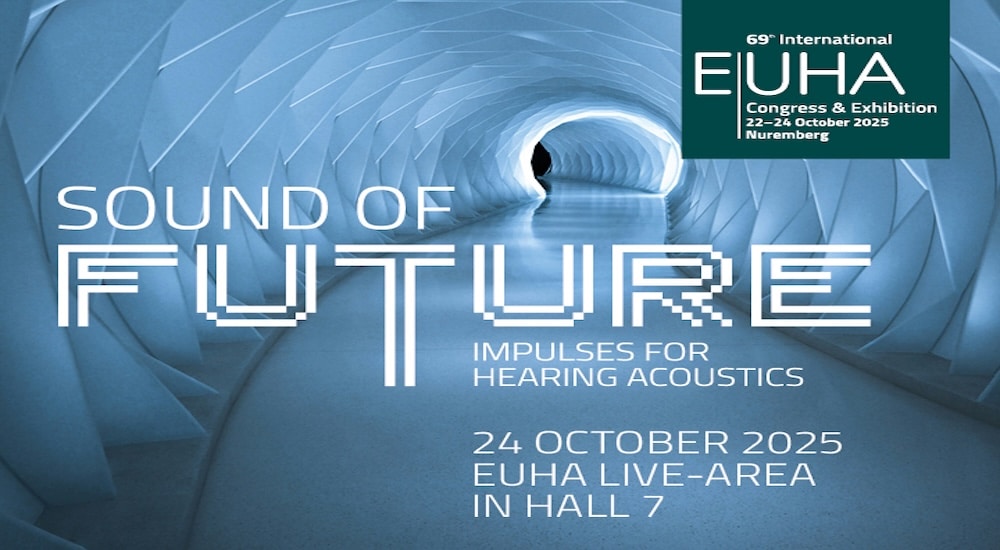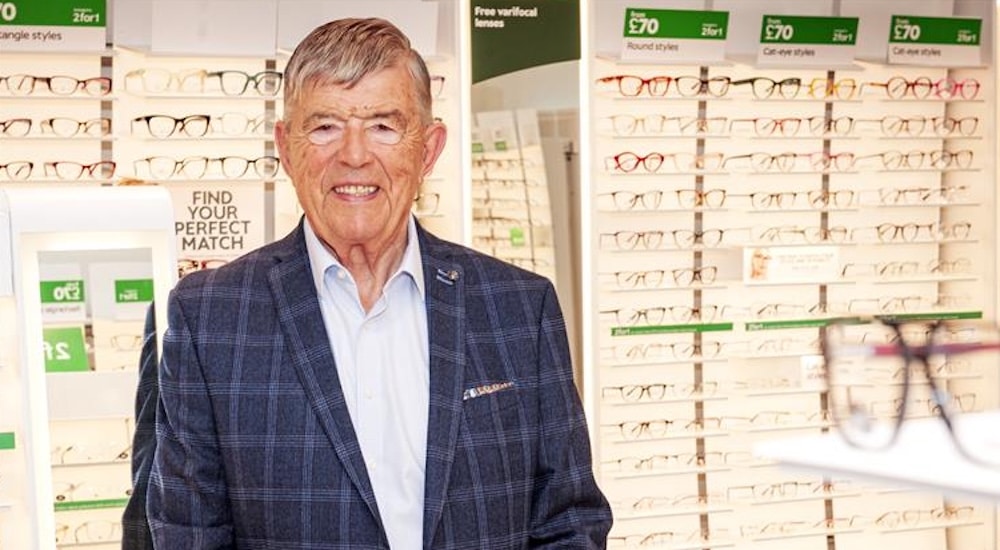Do what machines cannot do: Be an audiologist.
opinion
While hearing aid sales recover from the impact of pandemic restrictions, Audio Infos UK resident audiologist columnist argues that a person-centred approach is the way for both professionals and patients to see solutions in the right light.

Some good news… but should you be cautious?
At last, a positivism jab has been injected into the hearing instrument industry amid the chaos! Following the recent release of Q2 market data by BIHIMA (British Irish Hearing Instrument Manufacturers Association) on August 20, 2021, Ireland has recovered all lost volumes in 2020, and both Ireland and the UK have accrued record units sold in Q2 2021. This is a very strong recovery indeed!
Will it be sufficient to inoculate the industry over the final two quarters of 2021? Time will tell. The UK, unlike Ireland, has yet to recover lost sales over 2020 during Q3 and Q4.
Knock-on effects?
The NHS hearing instruments sales has seen an important recovery in Q4 of 2020. And with the ease of restrictions, BIHIMA has noticed a gentle growth in this sector. Inevitably, this may have had a mild knock-on effect in the UK private sector sales.
The above good news about units sold would translate into a more inflated bottom line for those practices which have successfully managed to deliver more units to their patients as part of their hearing rehabilitation process. There is also the need to highlight that as the pandemic recedes, governments will have to figure out how to address their fiscal complications. Furthermore, although interest rates may be low, that could easily mean increasing taxes, or reducing spending, or both. Would this also have a knock-on effect on private practices’ finances later on? Do you bundle or unbundle?
Hearing aids – commodity or medical device?
I have spoken about this before, and I will continue for as long as I can. Audiology should not just be about selling devices. Hearing instruments are not a commodity despite the drive from several entities to make it so. They are still a medical device. The Medicines & Healthcare products Regulatory Agency (MHRA), as of May 2021, considers ‘hearing aids’ as a medical device.
What differentiates them from other equipment intended to alleviate or compensate for a disability is whether there is a direct link between the corrective function of the equipment and the individual concerned, and whether there is a stated medical purpose. ‘Aids for daily living’ on the contrary, are ‘general equipment’ that may be used ‘by all’. The key differentiating word is individual.
The human factor
The human element of a person-centered-care approach is the determinant and we, as audiologists, should not lose sight of this. The manufacturers of hearing instruments market their products and features, and they do a pretty damn good job of it. Audiologists need to market their values, skills, knowledge, expertise, clinical acumen, and last but not least, our human touch and understanding.
Look at the five key components of person-centered care as defined by the IDA Institute. They are:
- Understanding of individual preferences and needs.
- Involvement of family and friends.
- Shared goal settings and decision making.
- Empathy and active listening.
- Dialogue based on open-ended, reflective questions.
This approach fosters viewing the patient/client as a whole person, with their narrative and story at the centre of everything we offer them. This in turn leads to increased engagement in the treatment plan and process. It lends itself to a better and more dynamic relationship between the clinician and client/patient.
Comparing prices is natural
As we all know, while researching the options available to them to address their hearing difficulties, patients will shop around and compare prices of hearing instruments. Not just model to model but the price of that model at one practice will be compared to that from another practice. From a consumer’s perspective, it is natural to carry out these comparisons; and as audiologists, if we expect clients/patients to take ownership of the process of improving their hearing, exploring their options (including price) is only to be expected.
Bundling, unbundling
The issue arises from the various pricing models available to client/patients from different practices. The majority of practices have opted to include all service fees and the retail price of the hearing instruments in the overall cost (bundle model). Others, have opted to break down the charges for services and charge separately for these services (unbundle or itemised model).
The overall cost of hearing technology is certainly falling in price and it makes sense to at least study the possibility of separating the cost of services from the retail price of hearing instruments. There are several issues that may arise either way and that warrant careful consideration. The predicament is that the gross profit associated with hearing instruments is still quite profitable, for some often £1000 per device. And for the past 30 or 40 years, audiologists have generated most of their income through the sale of hearing instruments.
Every practice, their setting/location and the clinical offering is different. However, the point is that direct comparison is practically impossible, which for most patients makes a lottery of deciding where to go for treatment. Repeatedly, as all audiologists know, decisions are based solely/mostly on price.
This conundrum my friends, is what allows the client/patient to confuse hearing instruments for a commodity. Audiologists need to start placing the value in what they bring to the table, not solely on the devices they opt to offer. We have heard this many times now but little has changed over the years. The clinical offering from audiologists can grow and it should grow. The patient-centered care model allows for a more exploratory basis to depart from so you can implement your clinical expertise and bring your human touch.
Do what machines cannot do. Be an audiologist.
Source: Audio Infos UK 144 September-October 2021 From the Oval Window





